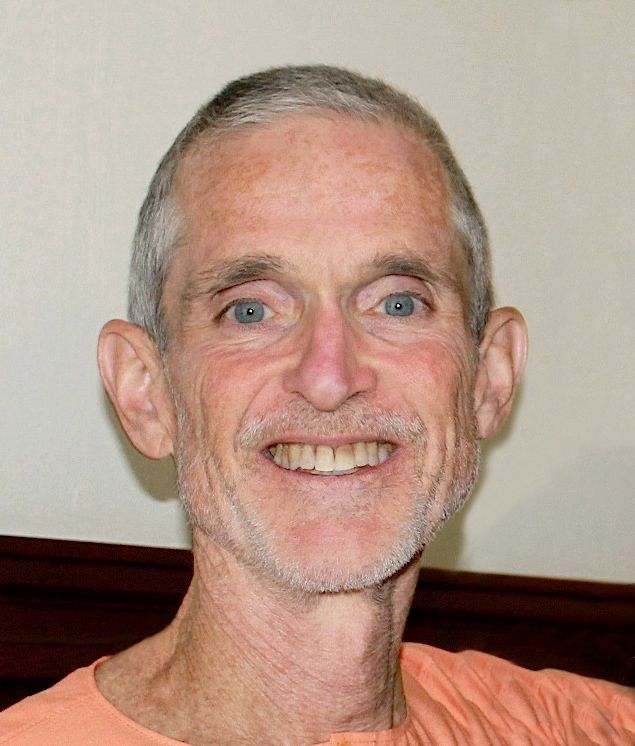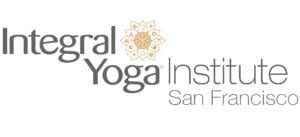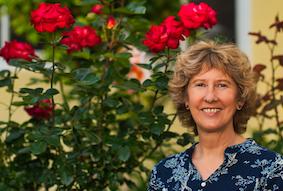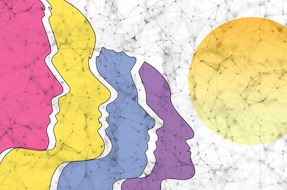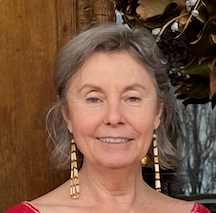Teaching of the Month: A Yogic Approach to Spring Cleaning
by Swami Ramananda
Spring is a time of transition, when the dark and barren days of winter give way to light, warmth and new growth. With the intention of making space for a fresh perspective and new ways of blooming, we chose to practice the tradition of spring cleaning for the month of April.
From a spiritual perspective, cleanliness applies to all levels of our being, from the environment that we inhabit and our physical bodies, to the inner recesses of our hearts and minds. Spring is an ideal time to de-clutter our homes and cleanse our bodies in preparation for the renewing energies of the season. Thus, Spring cleaning may mean ridding both our outer environment and our bodies of the unwanted accumulations of the past that encumber our lives and hinder our health.
Fasting is an excellent way to eliminate toxins that inhibit vitality and our potential to thrive. There are many ways of doing this to make it physically and emotionally suitable, each supporting the body’s natural ability to heal and grow. Even skipping an evening meal gives our systems a chance to cleanse themselves during the night.
Spring cleaning for our hearts and minds takes place on a much deeper level. Selfish thinking and behavior leave a psychic residue in the energy body that constricts the heart and diminishes our ability to experience love. Living with the anxiety of trying to make happiness happen, prove ourselves worthy or win affection makes for a stressful and dis-eased life.
For example, instead of trying to win someone’s love or acquire happiness, we can experience great fulfillment from giving and serving others with compassion. We can practice forgiveness toward those that may have harmed us, releasing from our hearts the poisonous feelings of ill-will or bitterness that may otherwise dwell there. We can experience extraordinary moments of wonder by being fully present to the miracles of human life, and profound gratitude for the many blessings we normally take for granted.
All of these efforts contribute to shedding the physical, emotional and mental weight that can unnecessarily burden our being. With this intention, we can cultivate awareness of the habits and thought patterns that no longer serve us, and make a conscious choice to release them, opening the door to new ways of living that bring greater peace to the mind and joy to the heart.
Please join Swami Ramananda & Swami Asokananda for Satsang: Taking Refuge from the Storms of Life Sat. May 20 @ 11:00 am – 12:00 pm PT, online & in-person and for Stories as a Source of Wisdom Wed. May 24 @ 6:30 pm – 8:00 pm PT, online & in-person .
